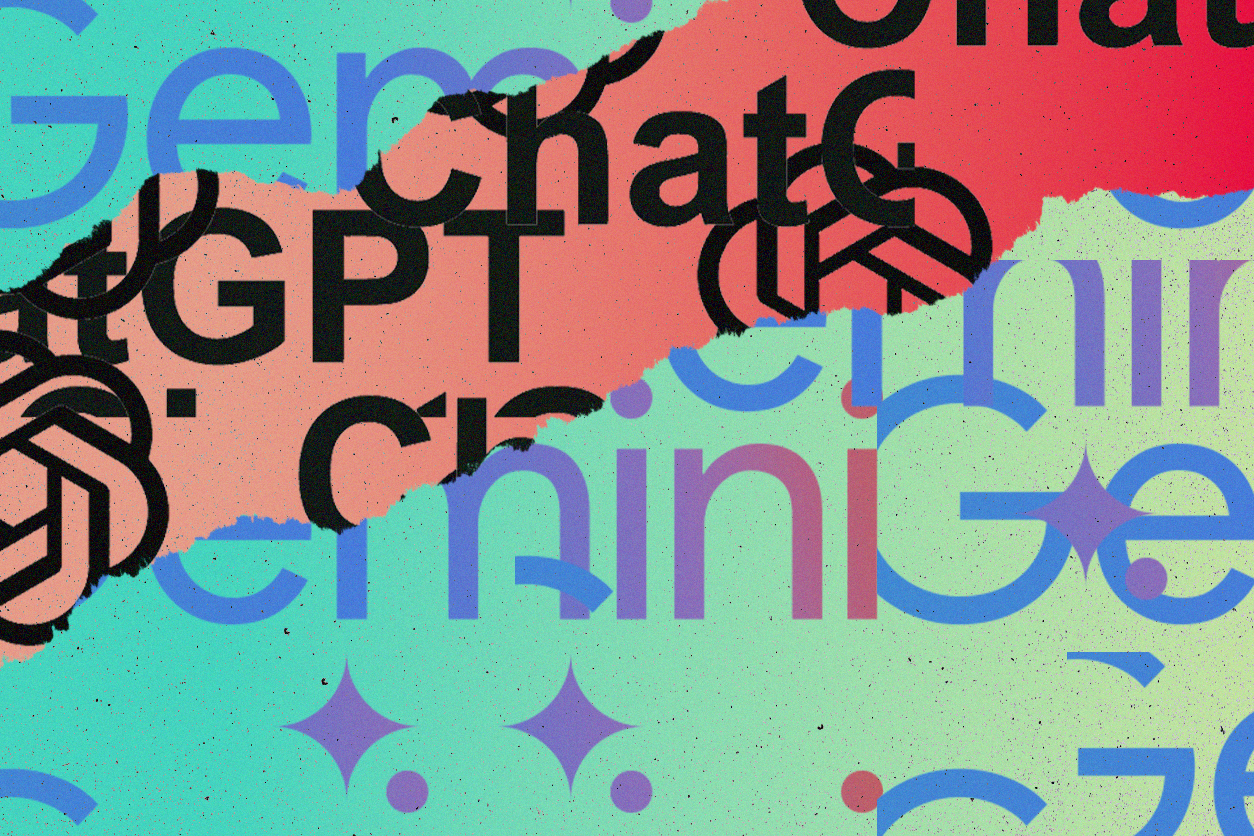AI Hallucinations: The Hidden Risk to Your Brand’s Credibility

By 2025, AI chatbots have become integral across various industries, whether it’s assisting in drafting emails, or conducting research to gather accurate facts. However, a critical challenge is emerging: AI hallucinations.
AI hallucinations occur when models like ChatGPT fabricate information that sounds plausible but is entirely false. While this issue has been widely discussed in academic and tech circles, its implications for marketing and brand credibility are just beginning to unfold. If left unchecked, these hallucinations can erode trust and mislead customers at scale.
High-Profile AI Blunders
The issue isn’t just that AI can make mistakes—it’s that it does so with confidence. Hallucinations aren’t always obvious, and because AI models generate text based on probability rather than true understanding, errors can be subtle.
A striking example of AI hallucinations making their way into real-world consequences occurred when New York attorney Steven A. Schwartz unknowingly cited false case law generated by ChatGPT in a legal filing for a lawsuit against Avianca Airlines. The AI fabricated non-existent cases that were presented as legitimate precedents, leading to professional embarrassment and legal scrutiny. The presiding judge imposed a $5,000 fine, emphasizing the necessity for attorneys to verify their sources diligently.
We’ve even seen Google’s AI Chat Bot, Bard confidently misrepresent facts in its debut demo. It stated that the James Webb Space Telescope had taken the first-ever images of exoplanets—a claim that was quickly debunked by astronomers who pointed out that such images had been captured years earlier.
Mitigating the Risks: AI with a Human-in-the-Loop Approach
The solution isn’t abandoning AI but embedding human verification into the workflow. You should:
-
Validate AI-generated content before publishing, especially in customer-facing channels.
-
Use AI as an assistant, not an oracle. Treat its output as a draft, not the final word.
-
Train AI with accurate, brand-approved data to minimize misinformation.
-
Continuously monitor AI performance to detect and correct errors quickly.
Why This Matters for Marketing
AI hallucinations aren’t just a technical glitch—they’re a direct threat to brand credibility. In an era where consumers are already skeptical of AI-driven personalization and automation, a single high-profile mistake can reinforce distrust. Visibility is key. Companies must ensure that their AI tools operate transparently, with clear oversight and accountability.
Marketers who embrace AI with caution—not blind faith—will be the ones who thrive. In the race for efficiency, don’t sacrifice trust. Because once credibility is lost, even the smartest AI can’t win it back.






